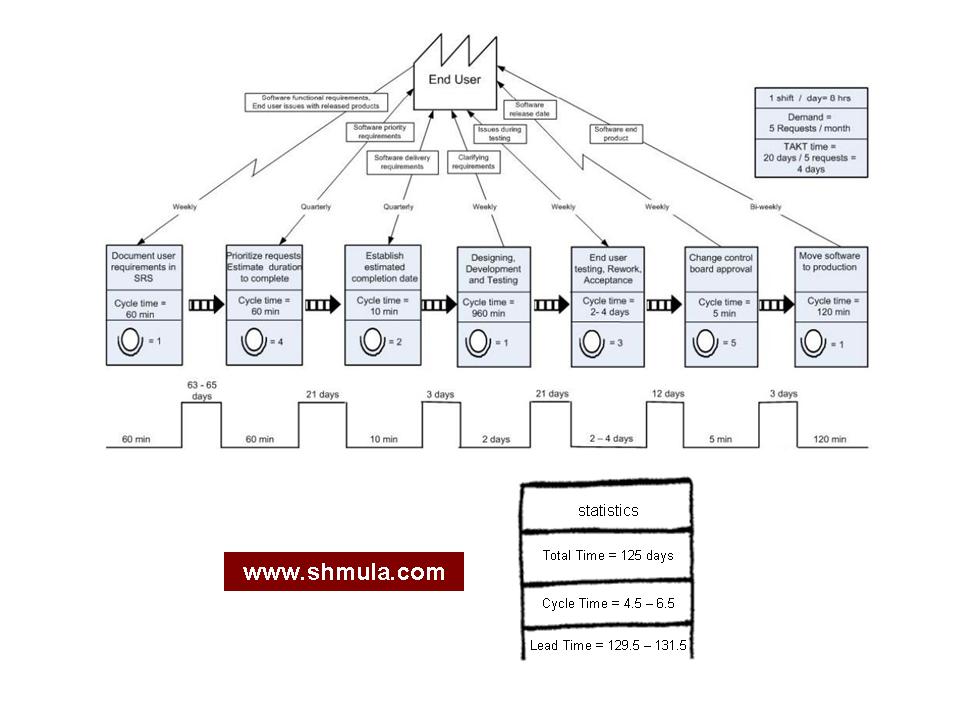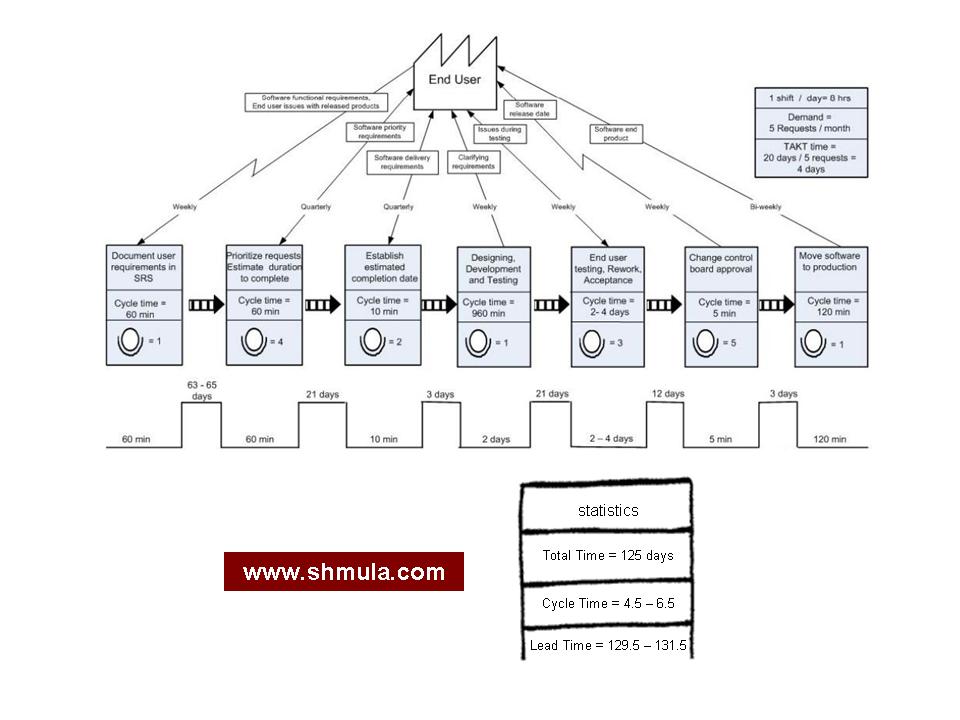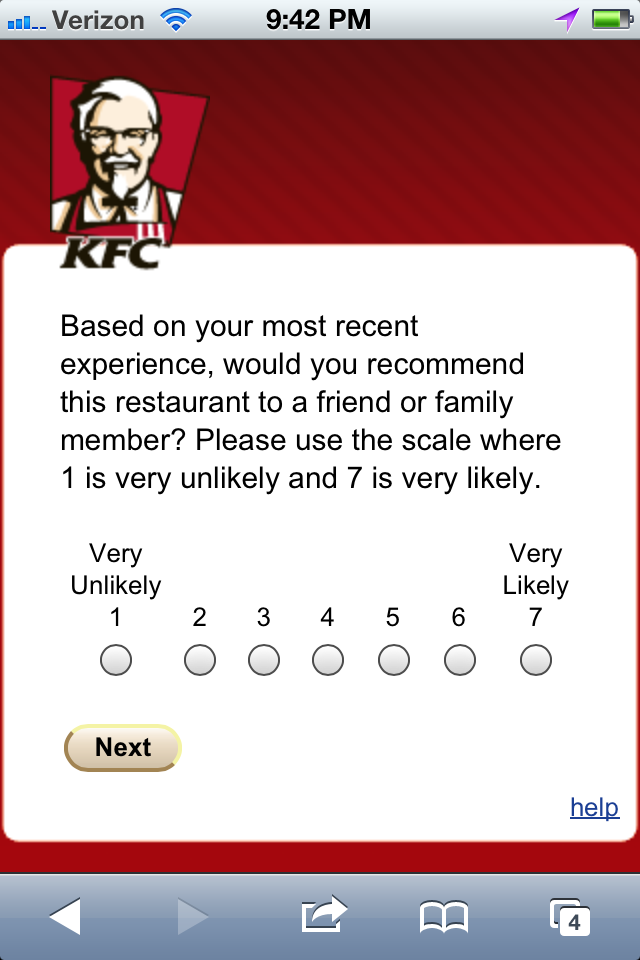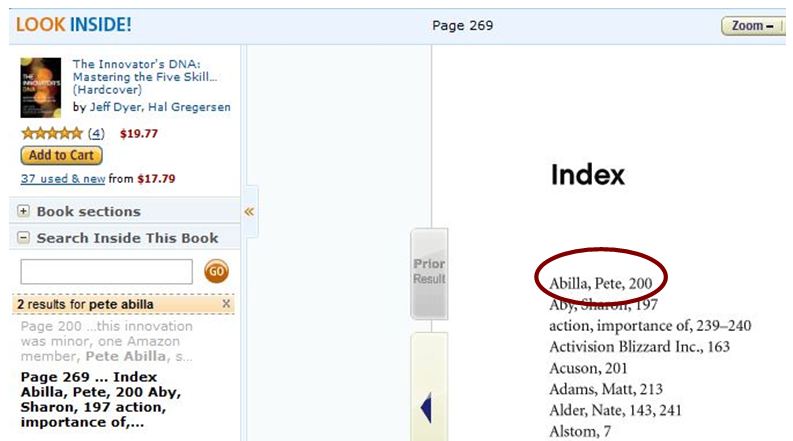Value Stream Map Symbols and Video
Description
We’ve provided two videos for you that shows you how to create a value stream map. The first video is 4:41 minutes long and the second is 4:27 minutes long.
You can also download all 30 Value Stream Map Icons, which is part of the Lean Six Sigma templates.
A Value Stream Map is an incredibly useful tool that captures the following:
- The Process and Process Owner
- Value Add and Non Value Add steps
- Number of People
- Batch Size
- Push or Pull
- Cycle Time
- Lead Time
- Reword
- Changeover Time
- and much more . . .

To represent the above and other important elements in a process, there is a somewhat standard or common nomenclature of Value Stream Map Symbol. Below, you’ll see a video on how to read a Value Stream Map for a Software Development Process. Then, we show a table of all 30 Value Stream Map Icons and their definitions.
Process Symbols
Customer/Supplier | This icon represents the Supplier when in the upper left, the usual starting point for material flow. The customer is represented when placed in the upper right, the usual end point for material flow. |
Dedicated Process | This icon is a process, operation, machine or department, through which material flows. Typically, to avoid unwieldy mapping of every single processing step, it represents one department with a continuous, internal fixed flow path. In the case of assembly with several connected workstations, even if some WIP inventory accumulates between machines (or stations), the entire line would show as a single box. If there are separate operations, where one is disconnected from the next, inventory between and batch transfers, then use multiple boxes. |
Shared Process | This is a process operation, department or workcenter that other value stream families share. Estimate the number of operators required for the Value Stream being mapped, not the number of operators required for processing all products. |
Data Box | This icon goes under other icons that have significant information/data required for analyzing and observing the system. Typical information placed in a Data Box underneath FACTORY icons is the frequency of shipping during any shift, material handling information, transfer batch size, demand quantity per period, etc. Typical information in a Data Box underneath MANUFACTURING PROCESS icons: C/T (Cycle Time) – time (in seconds) that elapses between one part coming off the process to the next part coming off, C/O (Changeover Time) – time to switch from producing one product on the process to another Uptime- percentage time that the machine is available for processing EPE (a measure of production rate/s) – Acronym stands for “Every Part Every___”. Number of operators – use OPERATOR icon inside process boxes Number of product variations Available Capacity Scrap rate Transfer batch size (based on process batch size and material transfer rate) |
Workcell | This symbol indicates that multiple processes are integrated in a manufacturing workcell. such cells usually process a limited family of similar products or a single product. Product moves from process step to process step in small batches or single pieces. |
Material Symbols
 Inventory | These icons show inventory between two processes. While mapping the current state, the amount of inventory can be approximated by a quick count, and that amount is noted beneath the triangle. If there is more than one inventory accumulation, use an icon for each. This icon also represents storage for raw materials and finished goods. |
Shipments | This icon represents movement of raw materials from suppliers to the Receiving dock/s of the factory. Or, the movement of finished goods from the Shipping docks of the factory to the customers |
Push Arrow | This icon represents the “pushing” of material from one process to the next process. Push means that a process produces something regardless of the immediate needs of the downstream process. |
Supermarket | This is an inventory ‘supermarket” (kanban stockpoint). Like a supermarket, a small inventory is available and one or more downstream customers come to the supermarket to pick out what they need. The upstream workcenter then replenishes stocks as required. When continuous flow is impractical, and the upstream process must operate in batch mode, a supermarket reduces overproduction and limits total inventory. |


















